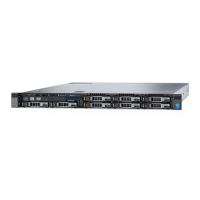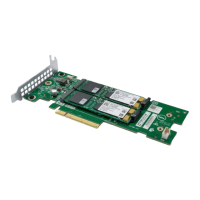Table 35. System Security details (continued)
Option Description
Secure Boot Enables Secure Boot, where the BIOS authenticates each pre-boot image by using the
certificates in the Secure Boot Policy. Secure Boot is set to Disabled by default.
Secure Boot Policy When Secure Boot policy is set to Standard, the BIOS uses the system manufacturer’s key
and certificates to authenticate pre-boot images. When Secure Boot policy is set to Custom,
the BIOS uses the user-defined key and certificates. Secure Boot policy is set to Standard by
default.
Secure Boot Mode Configures how the BIOS uses the Secure Boot Policy Objects (PK, KEK, db, dbx).
If the current mode is set to Deployed Mode, the available options are User Mode and
Deployed Mode. If the current mode is set to User Mode, the available options are User
Mode, Audit Mode, and Deployed Mode.
Table 36. Secure Boot Mode
Options Descriptions
User Mode
In User Mode, PK must be installed, and BIOS performs signature
verification on programmatic attempts to update policy objects.
The BIOS allows unauthenticated programmatic transitions between modes.
Deployed
Mode
Deployed Mode is the most secure mode. In Deployed Mode, PK must be
installed and the BIOS performs signature verification on programmatic
attempts to update policy objects.
Deployed Mode restricts the programmatic mode transitions.
Audit Mode
In Audit mode, PK is not present. The BIOS does not authenticate
programmatic updates to the policy objects, and transitions between modes.
The BIOS performs a signature verification on pre-boot images and logs the
results in the image Execution Information Table, but runs the images
whether they pass or fail verification.
Audit Mode is useful for programmatic determination of a working set of
policy objects.
Secure Boot Policy Summary Specifies the list of certificates and hashes that secure boot uses to authenticate images.
Secure Boot Custom Policy
Settings
Configures the Secure Boot Custom Policy. To enable this option, set the Secure Boot Policy to
Custom option.
Table 37. System Security details
Option Description
Power Button Enables or disables the power button on the front of the system. This option is set to Enabled
by default.
AC Power Recovery Sets how the system behaves after AC power is restored to the system. This option is set to
Last by default.
UEFI Variable Access Provides varying degrees of securing UEFI variables. When set to Standard (the default), UEFI
variables are accessible in the operating system per the UEFI specification. When set to
Controlled, selected UEFI variables are protected in the environment and new UEFI boot
entries are forced to be at the end of the current boot order.
Secure Boot Enables Secure Boot, where the BIOS authenticates each pre-boot image by using the
certificates in the Secure Boot Policy. Secure Boot is set to Disabled by default.
Secure Boot Policy When Secure Boot policy is set to Standard, the BIOS uses the system manufacturer’s key
and certificates to authenticate pre-boot images. When Secure Boot policy is set to Custom,
the BIOS uses the user-defined key and certificates. Secure Boot policy is set to Standard by
default.
46 Pre-operating system management applications

